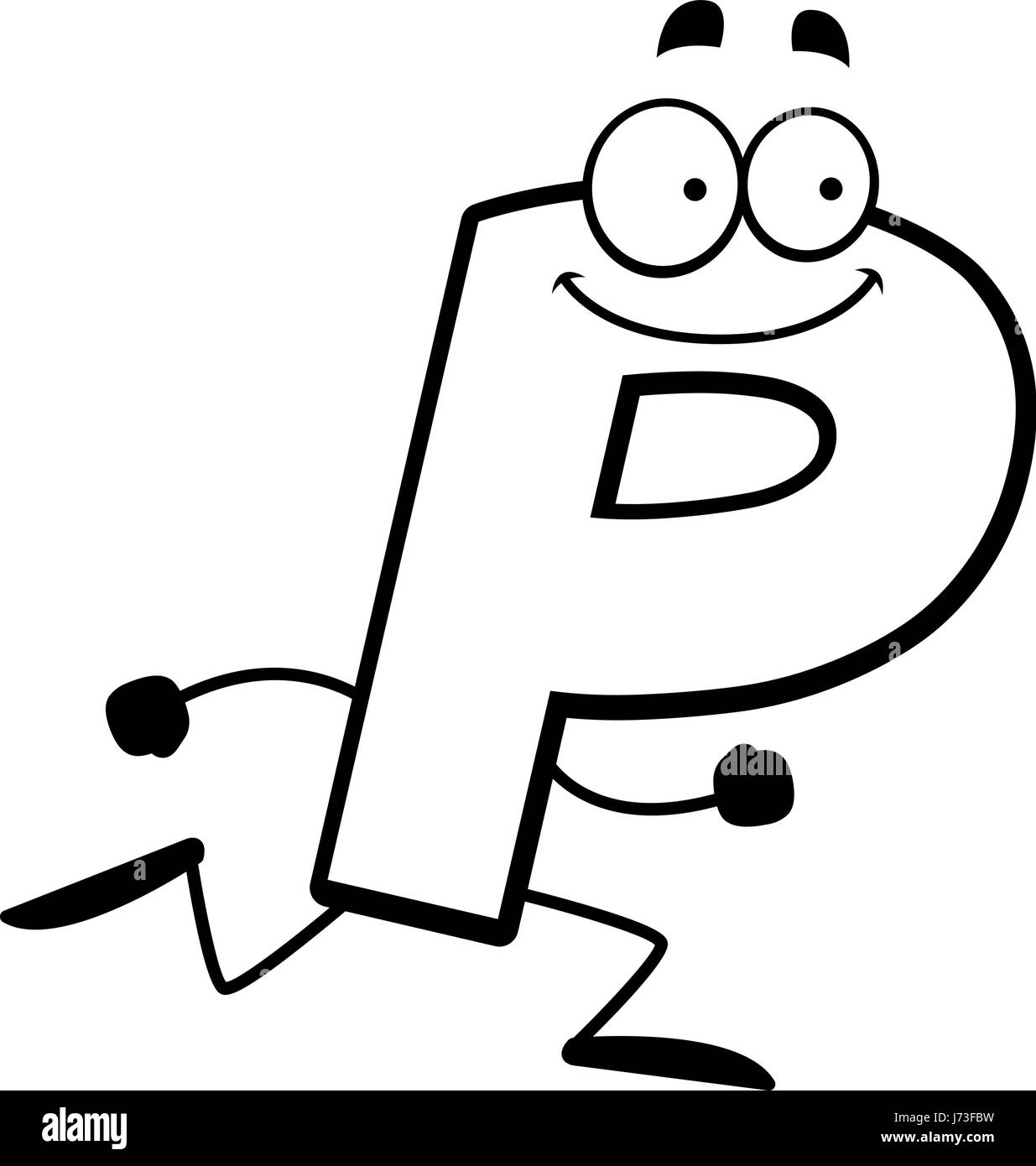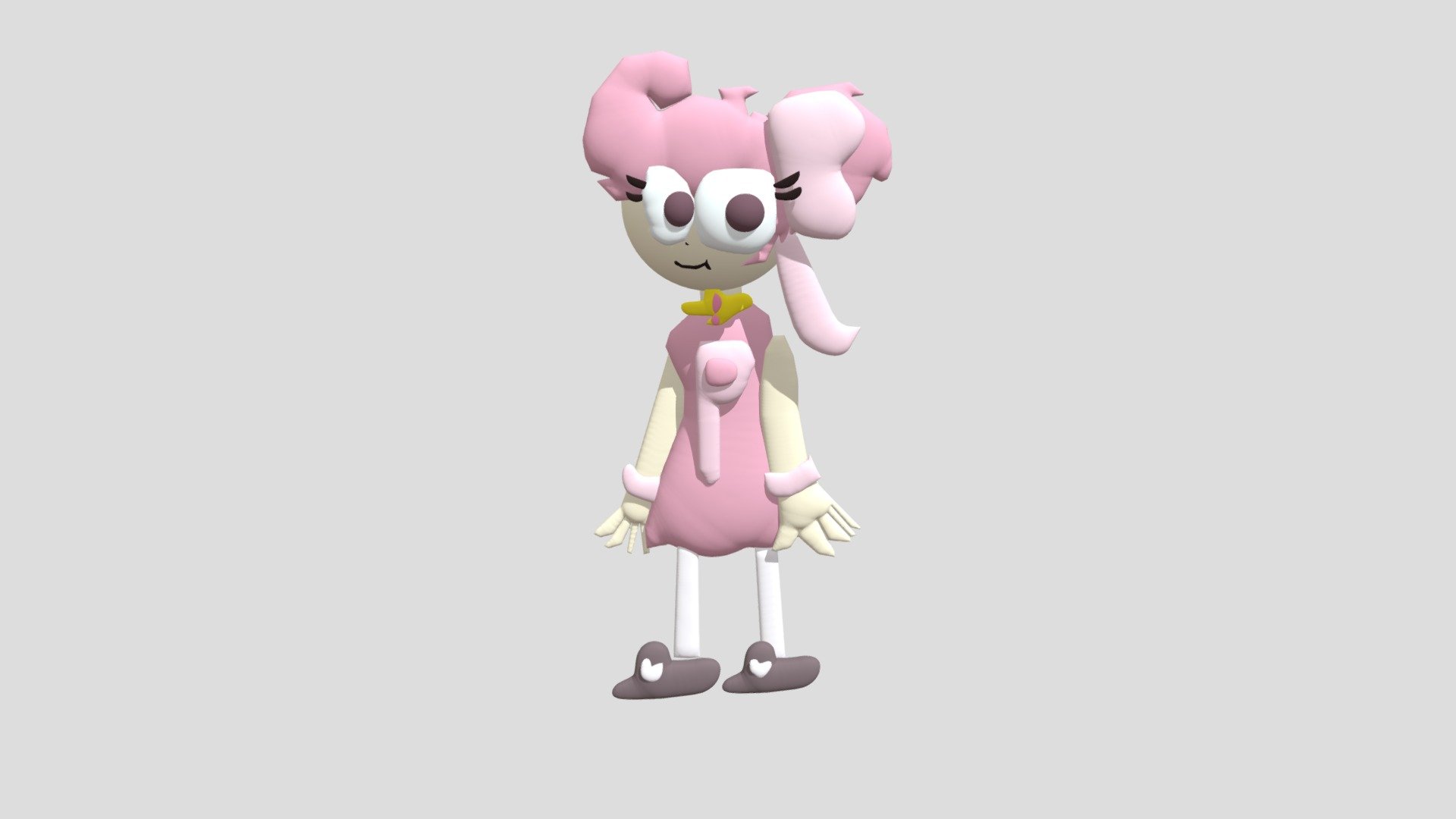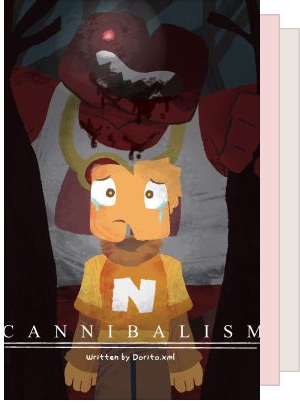Letter P Alphabet Lore - 3D Animation - PixelBoom
Por um escritor misterioso
Descrição
Letter A Alphabet Lore 3D Animation Green Screen Download File PixelBoom Footage Character Animation for Compositing Film
LETTER P ALPHABET An alphabet is a standardized set of basic written symbols or graphemes (called letters) that represent the phonemes of certain spoken languages. Not all writing systems represent language in this way; in a syllabary, each character represents a syllable, for instance, and logographic systems use characters to represent words, morphemes, or other semantic units. The first fully phonemic script, the Proto-Canaanite script, later known as the Phoenician alphabet, is considered to be the first alphabet and is the ancestor of most modern alphabets, including Arabic, Cyrillic, Greek, Hebrew, Latin, and possibly Brahmic. It was created by Semitic-speaking workers and slaves in the Sinai Peninsula (as the Proto-Sinaitic script), by selecting a small number of hieroglyphs commonly seen in their Egyptian surroundings to describe the sounds, as opposed to the semantic values, of the Canaanite language. However, Peter T. Daniels distinguishes an abugida, or alphasyllabary, a set of graphemes that represent consonantal base letters that diacritics modify to represent vowels (as in Devanagari and other South Asian scripts), an abjad, in which letters predominantly or exclusively represent consonants (as in the original Phoenician, Hebrew or Arabic), and an alphabet, a set of graphemes that represent both consonants and vowels. In this narrow sense of the word, the first true alphabet was the Greek alphabet, which was based on the earlier Phoenician alphabet. Chroma key compositing, or chroma keying, is a special effects / post-production technique for compositing (layering) two images or video streams together based on color hues (chroma range). The technique has been used heavily in many fields to remove a background from the subject of a photo or video – particularly the newscasting, motion picture and videogame industries. A color range in the foreground footage is made transparent, allowing separately filmed background footage or a static image to be inserted into the scene. The chroma keying technique is commonly used in video production and post-production. This technique is also referred to as color keying, colour-separation overlay (CSO; primarily by the BBC[2]), or by various terms for specific color-related variants such as green screen, and blue screen – chroma keying can be done with backgrounds of any color that are uniform and distinct, but green and blue backgrounds are more commonly used because they differ most distinctly in hue from most human skin colors. No part of the subject being filmed or photographed may duplicate the color used as the backing.[3]
LETTER P ALPHABET An alphabet is a standardized set of basic written symbols or graphemes (called letters) that represent the phonemes of certain spoken languages. Not all writing systems represent language in this way; in a syllabary, each character represents a syllable, for instance, and logographic systems use characters to represent words, morphemes, or other semantic units. The first fully phonemic script, the Proto-Canaanite script, later known as the Phoenician alphabet, is considered to be the first alphabet and is the ancestor of most modern alphabets, including Arabic, Cyrillic, Greek, Hebrew, Latin, and possibly Brahmic. It was created by Semitic-speaking workers and slaves in the Sinai Peninsula (as the Proto-Sinaitic script), by selecting a small number of hieroglyphs commonly seen in their Egyptian surroundings to describe the sounds, as opposed to the semantic values, of the Canaanite language. However, Peter T. Daniels distinguishes an abugida, or alphasyllabary, a set of graphemes that represent consonantal base letters that diacritics modify to represent vowels (as in Devanagari and other South Asian scripts), an abjad, in which letters predominantly or exclusively represent consonants (as in the original Phoenician, Hebrew or Arabic), and an alphabet, a set of graphemes that represent both consonants and vowels. In this narrow sense of the word, the first true alphabet was the Greek alphabet, which was based on the earlier Phoenician alphabet. Chroma key compositing, or chroma keying, is a special effects / post-production technique for compositing (layering) two images or video streams together based on color hues (chroma range). The technique has been used heavily in many fields to remove a background from the subject of a photo or video – particularly the newscasting, motion picture and videogame industries. A color range in the foreground footage is made transparent, allowing separately filmed background footage or a static image to be inserted into the scene. The chroma keying technique is commonly used in video production and post-production. This technique is also referred to as color keying, colour-separation overlay (CSO; primarily by the BBC[2]), or by various terms for specific color-related variants such as green screen, and blue screen – chroma keying can be done with backgrounds of any color that are uniform and distinct, but green and blue backgrounds are more commonly used because they differ most distinctly in hue from most human skin colors. No part of the subject being filmed or photographed may duplicate the color used as the backing.[3]

Green Screen Letter F Alphabet Lore 3D Animation PixelBoomCG

Animated Alphabet P Images

Green Screen Letter F Alphabet Lore 3D Animation PixelBoomCG
LETTER M ALPHABET, An alphabet is a standardized set of basic written symbols or graphemes (called letters) that represent the phonemes of certain
Letter M Alphabet Lore - 3D Animation
Attack Archives - PixelBoom

P (alphabet lore) by cmors12 on DeviantArt

Green Screen Letter M Alphabet Lore 3D Animation - PixelBoom

P Human Edition (Alphabet Lore) - Download Free 3D model by aniandronic (@aniandronic) [ed92de7]

Alphabet Lore Letter P.
de
por adulto (o preço varia de acordo com o tamanho do grupo)







